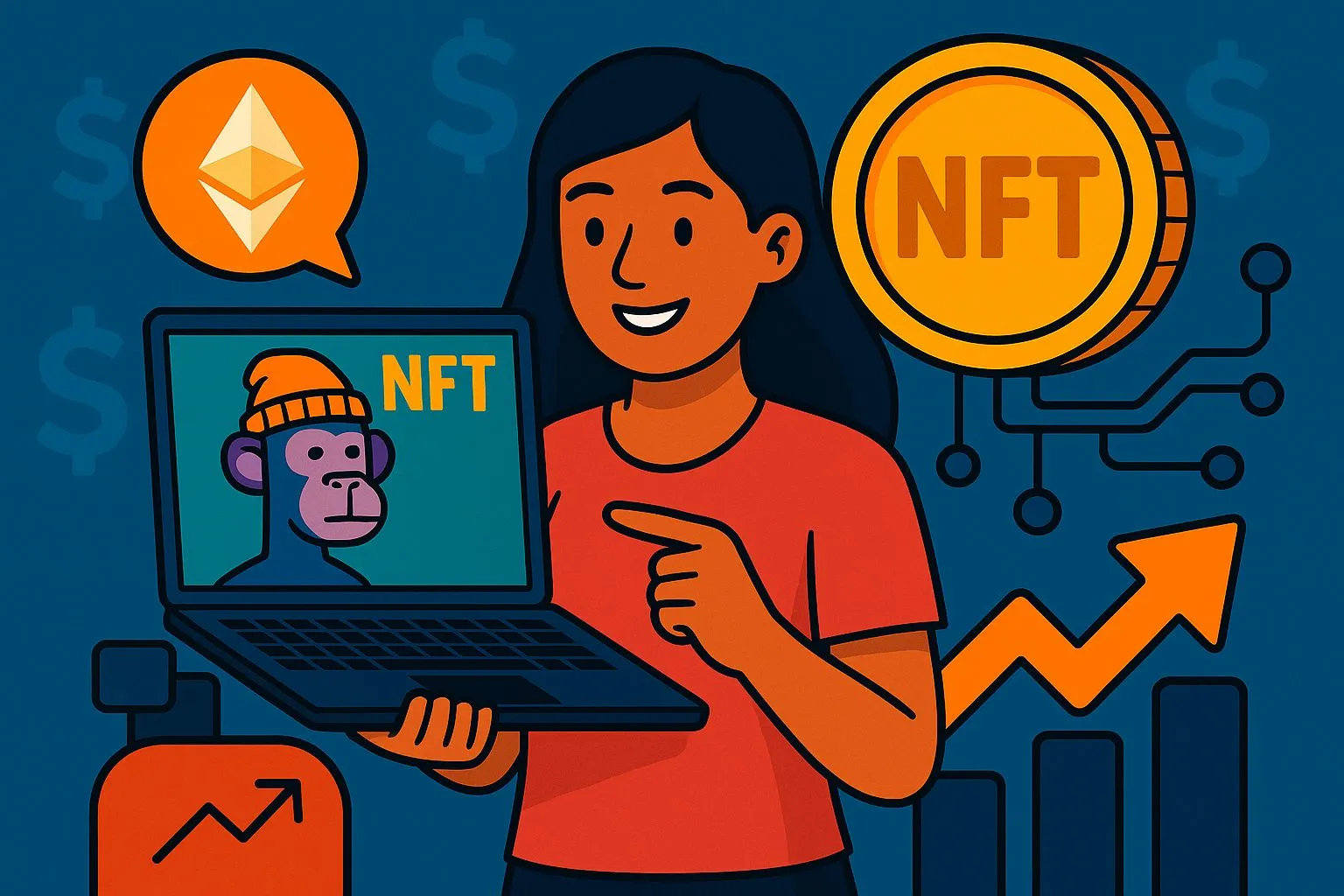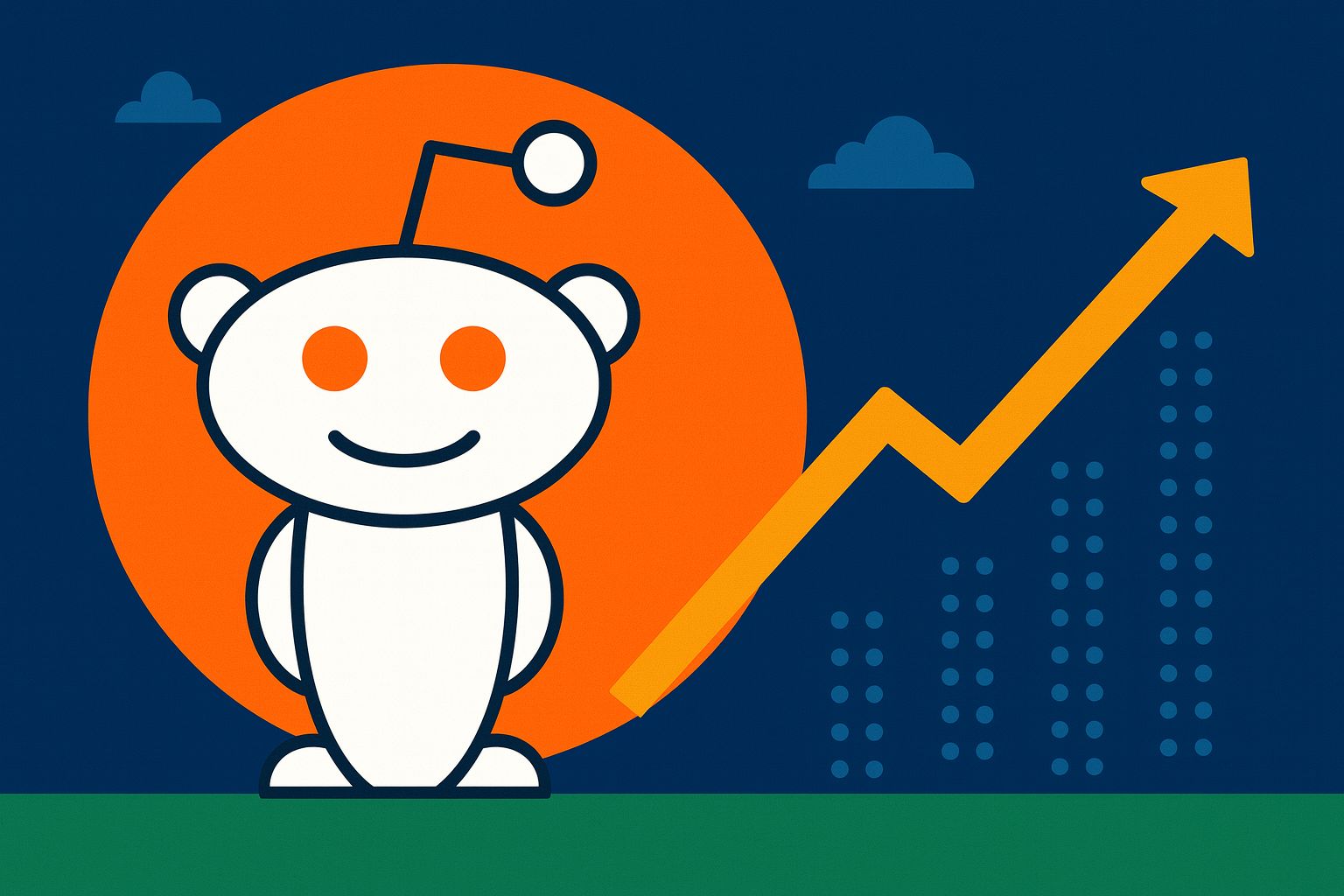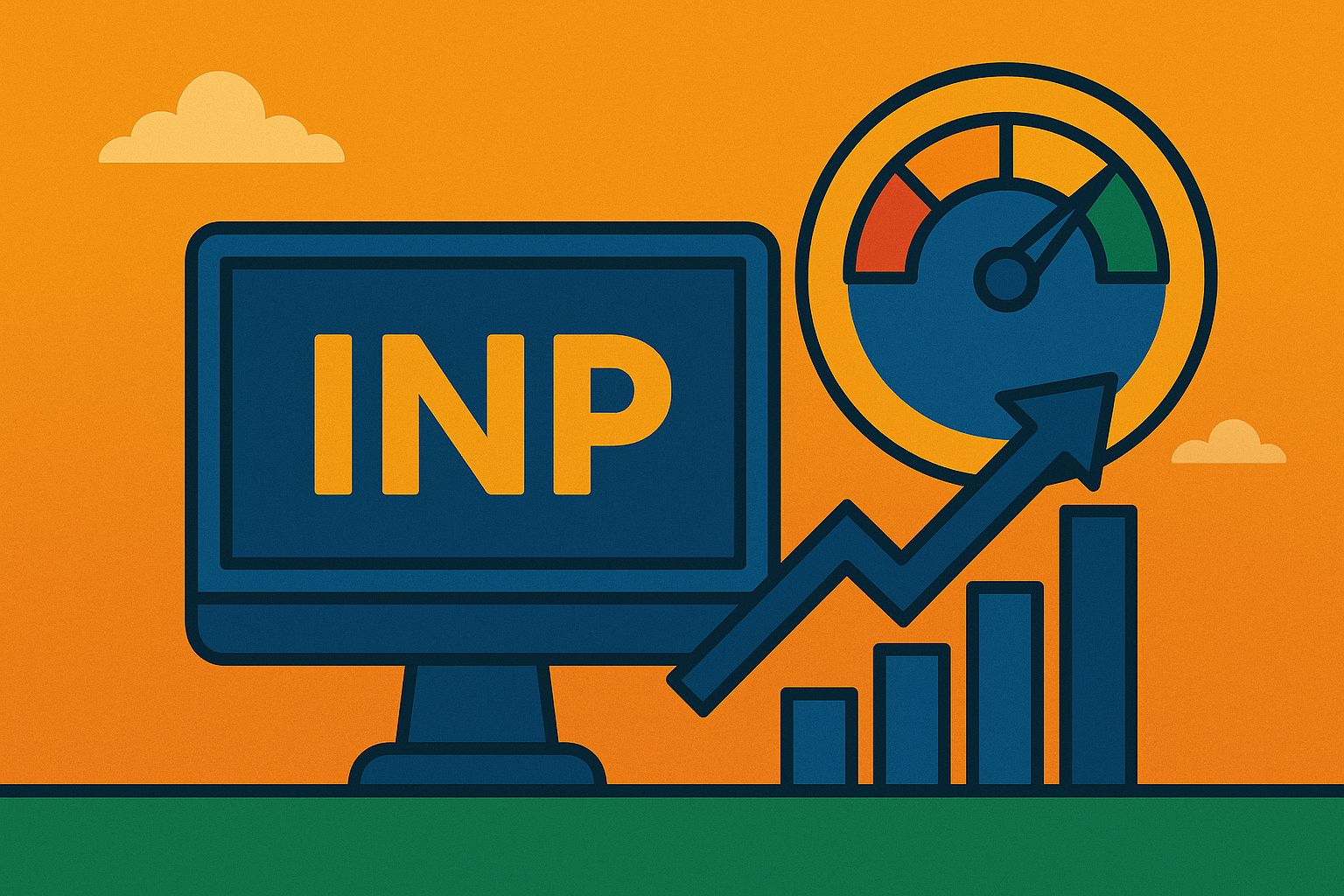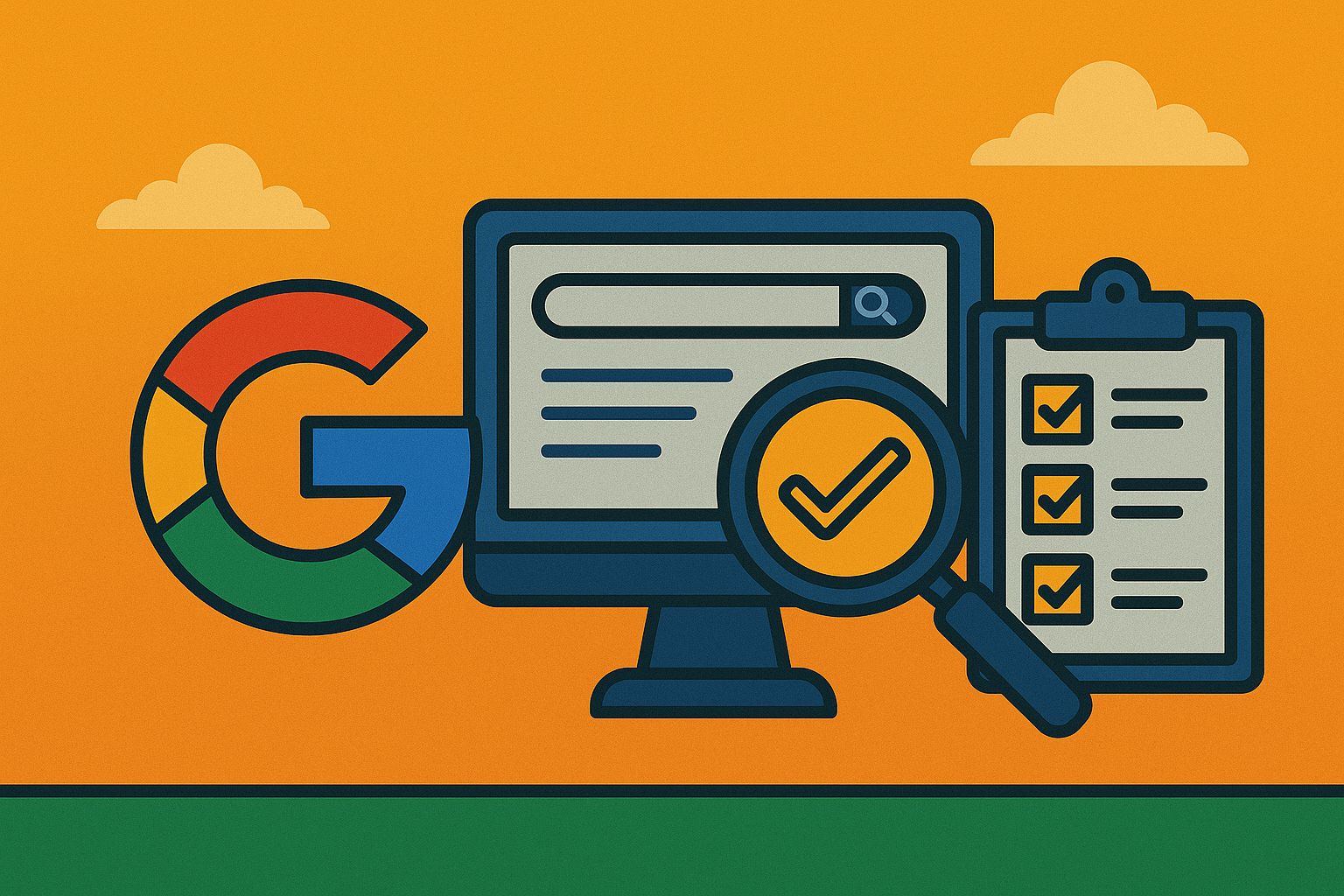In the current years, the buzzing in the order of Non-Fungible Tokens (NFTs) has reached an upsurge, creating them a hot topic in the world of digital assets. NFTs have evolved from being a forte idea to becoming a trendsetter in various industries. In this comprehensive guide, we look into the intricacies of NFT development, exploring its use cases, prerequisites, and the necessary features that can shape a victorious NFT platform.
What is an NFT?
The short form for non-fungible tokens is NFT. It is a blockchain-based digital asset with a unique identifying code that preserves its exclusivity. The inability to replica or change an NFT is one of the most enthralling features of NFT. NFTs are built with a same type of programming that’s utilized for cryptocurrencies. However, both are different. Cryptocurrencies are equal-valued, fungible tokens of the same nature. Yet NFTs are distinctive. There cannot be more than one example of each NFT at any given time. In simple terms, NFTs are virtual presentations of real-world objects like real estate, artwork, and game components. Tokenizing them therefore decreases the probability of any transactional fraud whilst also making it easy to buy, sell, and exchange them.
Is the Emergence of NFTs Shaping a New Trend?
Previous to looking into the technicalities, it’s vital to recognize the significance of NFTs in today’s digital landscape. Non-Fungible Tokens present exclusive digital or physical assets on the blockchain. These assets can vary from digital art and music to virtual real estate and in-game items. NFTs have gained immense fame owing to their capability to provide ownership and legitimacy in the digital realm.
How to Develop an NFT Marketplace?
This is a step-by-step guide to how an NFT marketplace works:
- Creation of NFTs: Artists, content, and digital creators bring the original digital assets into being that they wish to market as NFTs. These sources may well involve virtual real estate, music, films, artwork, and more.
- Tokenization: Smart contracts are utilized to convert these digital assets into NFTs, providing them a distinct and certifiable identity. Every non-fungible token is given a distinctive identification by means of these contracts, creating them stand out from one another.
- Listing: Following their creation, non-fungible tokens might be put on an NFT marketplace. The vendor fixes a price for their NFT, and purchasers can search and buy them via cryptocurrency.
- Digital Wallet: To buy and sell NFTs, users need a digital wallet that supports the specific blockchain network applied by the NFT marketplace. Both the cryptocurrency used to pay money for NFTs and the NFTs themselves are kept in these wallets.
- Purchase: The smart contract right away shifts the possession from the seller’s digital wallet to the purchaser’s digital wallet when a buyer pays money for an NFT. The buyer now has the unique digital asset and the blockchain stores ownership documentation.
- Resale: NFTs might be sold again, either on the same or detached marketplaces. The smart contract keeps track of the ownership transfer for every NFT sold, assisting in preserving the NFT’s authenticity.
Creating an NFT Marketplace: A Guide
If you are thinking about making an NFT marketplace for your company, you need to take the steps listed below:
- Focus On Your Niche: First and foremost, your customized non-fungible token marketplace design should arrange in a line with your selected niche. It may well be inspired by the video game art, sports memorabilia, digital artwork, other collectibles, or even a soundtrack. Bring to mind that you will be in a better position to produce more traffic and expand your clients if you adapt the design of your NFT platform to the requirements of your meticulous target market.
- Choose the Appropriate Blockchain Network: A blockchain, as each one understands, is a distributed database that records each NFT transaction. NFT makers can vend their NFTs and get hold of the royalties by means of non-fungible token marketplaces or platforms. Similar to this, other users can acquire, store, and resell NFTs all through the NFT platforms. These NFT market transactions are all documented on the equivalent blockchains. Strong, secure, scalable, and interoperable blockchain networks are necessary for NFT marketplaces. Making the correct decision for your blockchain network is therefore the first stage for how to develop an NFT marketplace.
Consider some of the most well-liked blockchain networks, such as Ethereum, Polkadot, Stellar, Tezos, and others. Ethereum is one of the most widely utilized blockchain networks out of all of these. Prior to choosing a blockchain, you can check for the following elements.
- Transaction and NFT development cost
- Smart contract robustness
- How resistant to forks is the blockchain?
- Transaction speed
Select the Most Cutting Edge, Superb Features
Ensure that you optimize the functioning of your NFT platform and include all the best features. Adding the features that set your non-fungible token market apart from other similar platforms will raise its value in the marketplace. For this reason, as you are developing a non-fungible token marketplace, you have a need to provide a considerable thought to the functionality you wish to include. For that reason, be very clear about the features you wish to add based on the necessities of your project. Make use of a range of alternates, such as 3D display, interoperability, social media interaction elements, and others, in addition to the required requirements.
Make an Intuitive User Interface
Your NFT market must have an interface that is simple to use, entertaining, and clear. This is necessary to assure the secure, trouble-free, and error-free trading of non-fungible tokens. Furthermore, a strong user interface helps promote your non-fungible token market. The key is to make sure that the functions are represented as efficiently as possible while retaining their aesthetic appeal, simplicity, user-friendliness, and responsiveness. For the benefit of new users, you can decide to include tutorials and signposts in addition to an intuitive user interface.
Create IPFS & Database Storage
The next step is to create an immutable and safe database. All of the user and admin profile’s private and sensitive data is restored in this database. Their NFTs are likewise involved in the database. Data is stored and shared in distributed files and database systems all through the Interplanetary File System, or IPFS. IPFS facilitates the NFTs to restore and distribute data in an enduring and secure way, in spite of of its size and format.
Include Additional Outside Services
Email services, social networking, cryptocurrency wallets, and payment channels must all be included into a winning non-fungible token marketplace. Verify whether you just require these tools or whether your platform needs more integration. Everything is based on your business needs.
Make Smart Contracts
At this point, you should make smart contracts that will begin the transactions and automatically make the NFTs upon implementation of sales requirements. The development of smart contracts is essential for several reasons. To start with, they have credibility and dependability behind them. Your smart contract should be designed with the purposes of your non-fungible token market in the mindset.
Testing and Deploying
On a platform, faults can ruin the user experience. Thus, testing is a vital step in assuring a hassle-free user experience. You can test many parameters now that your NFT platform is operational. For instance, quality testers can help you in testing the NFT marketplace’s usability, functionality, and other aspects. A fully tested product is all set for a launch and getting rid of all the real-time disparities and ambiguities. The excitement in the wake of non-fungible tokens is far from moved out. Contrarily, as time goes on, this domain is drawing in an increasing number of users, consisting of the celebrities, companies, and entrepreneurs who are thinking on the subject of how to develop a personalized and unique NFT marketplace to compete in this marketplace. We are ready to lend a hand to you in creating a strong non-fungible token marketplace. Get in contact with us, and we will work with you to develop your topic concept into a distinctive NFT resolution.
Conclusion
The world of NFTs is evolving in a hurry, and making a successful NFT marketplace have a need of a deep perceptive of the technology, user necessities, and market dynamics. By exploring the use cases, prerequisites, and exciting features outlined in this guide, entrepreneurs and developers can find the way for the complexities of NFT marketplace development and put in to the growth of this transformative technology.





